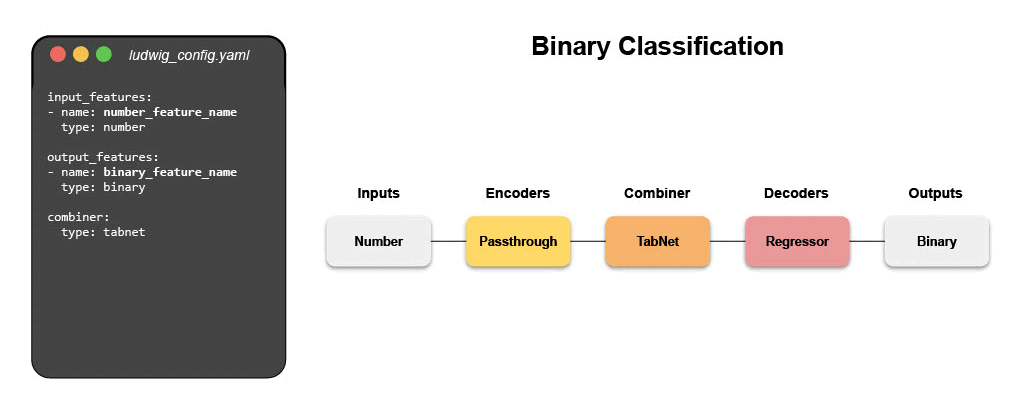Declarative Machine Learning Systems
In the last years machine learning (ML) has moved from a academic endeavor to a pervasive technology adopted in almost every aspect of computing. ML-powered products are now embedded in our digital lives: from recommendations of what to watch, to divining our search intent, to powering virtual assistants in consumer and enterprise settings. Recent successes in applying ML in natural sciences revealed that ML can be used to tackle some of the hardest real-world problems humanity faces today. For these reasons ML has become central in the strategy of tech companies and has gathered even more attention from academia than ever before. Despite these successes, what we have witnessed so far is just the beginning. Right now the people training and using ML models are expert developers working within large organizations, but we believe the next wave of ML systems will allow a larger amount of people, potentially without coding skills, to perform the same tasks. These new ML systems will not require users to fully understand all the details of how models are trained and utilized for obtaining predictions. Declarative interfaces are well suited for this goal, by hiding complexity and favouring separation of interests, and can lead to increased productivity. We worked on such abstract interfaces by developing two declarative ML systems, Overton and Ludwig, that require users to declare only their data schema (names and types of inputs) and tasks rather then writing low level ML code. In this article we will describe how ML systems are currently structured, highlight important factors for their success and adoption, what are the issues current ML systems are facing and how the systems we developed addressed them. Finally we will talk about learnings from the development of ML systems throughout the years and how we believe the next generation of ML systems will look like.
PDF Abstract

